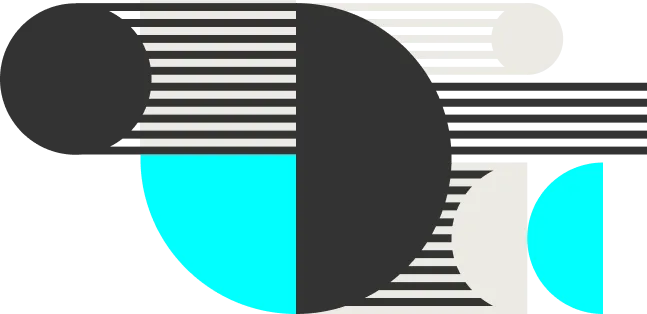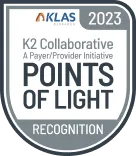Webinar
/
Round Table 143: Problematic ICD-10-PCS Concepts and How to Conquer Them
Date
Time
February 15, 2022
10:00 am
EST
Meet the speakers
About the webinar
Learn how to navigate ICD-10-PCS for endoscopic G-J bypass, pulmonary artery dilation, and valvuloplasty with insertion of Watchman Device.

Achieve your boldest ambitions
Explore how Datavant can be your health data logistics partner.
Contact us



.svg)









